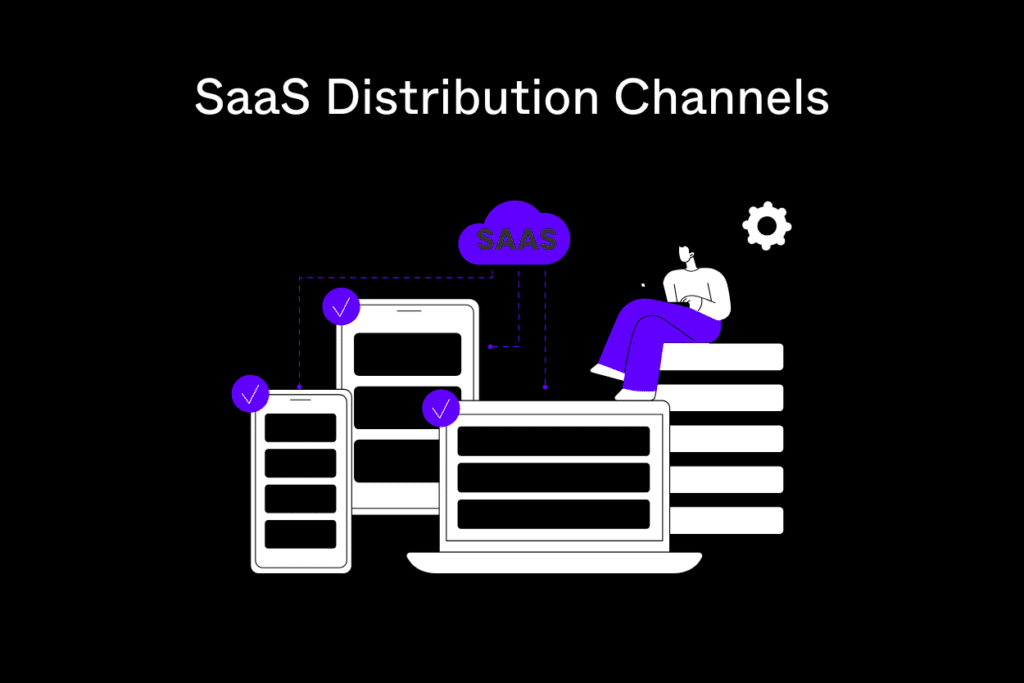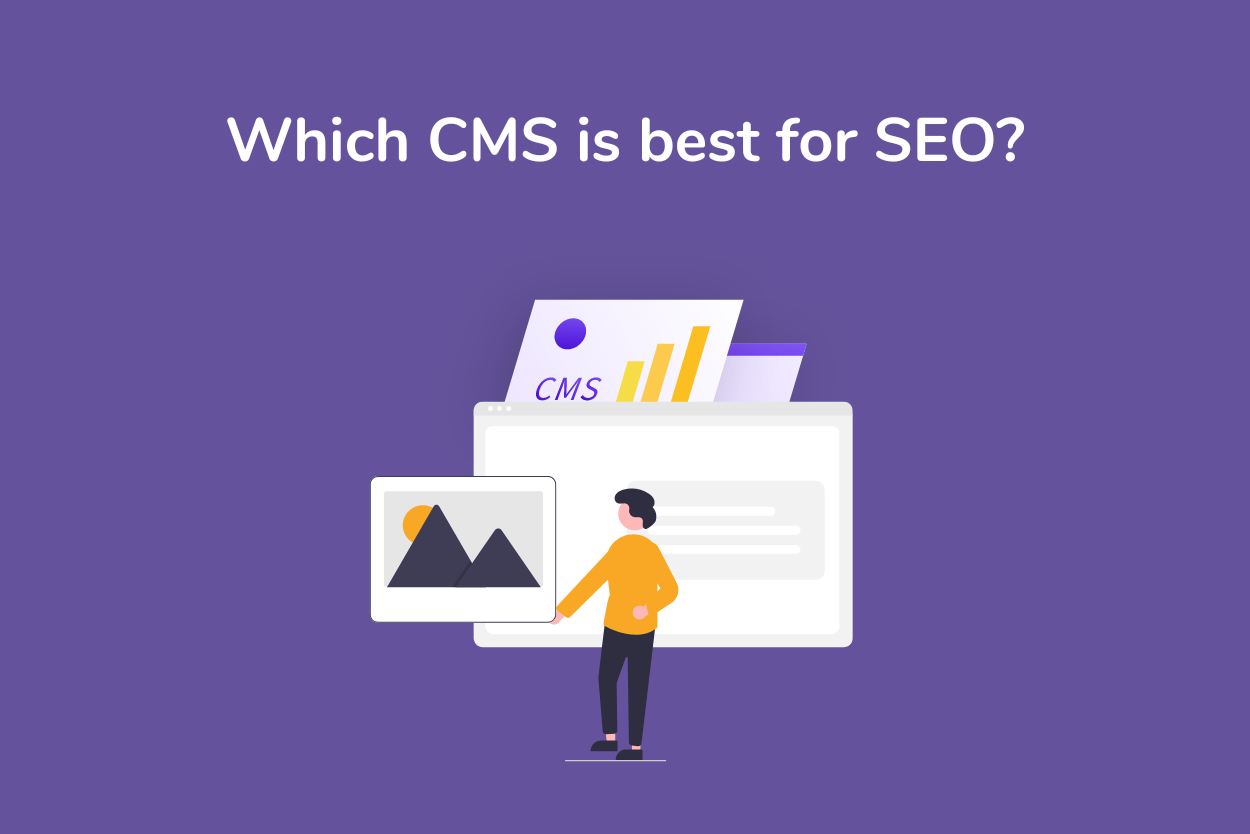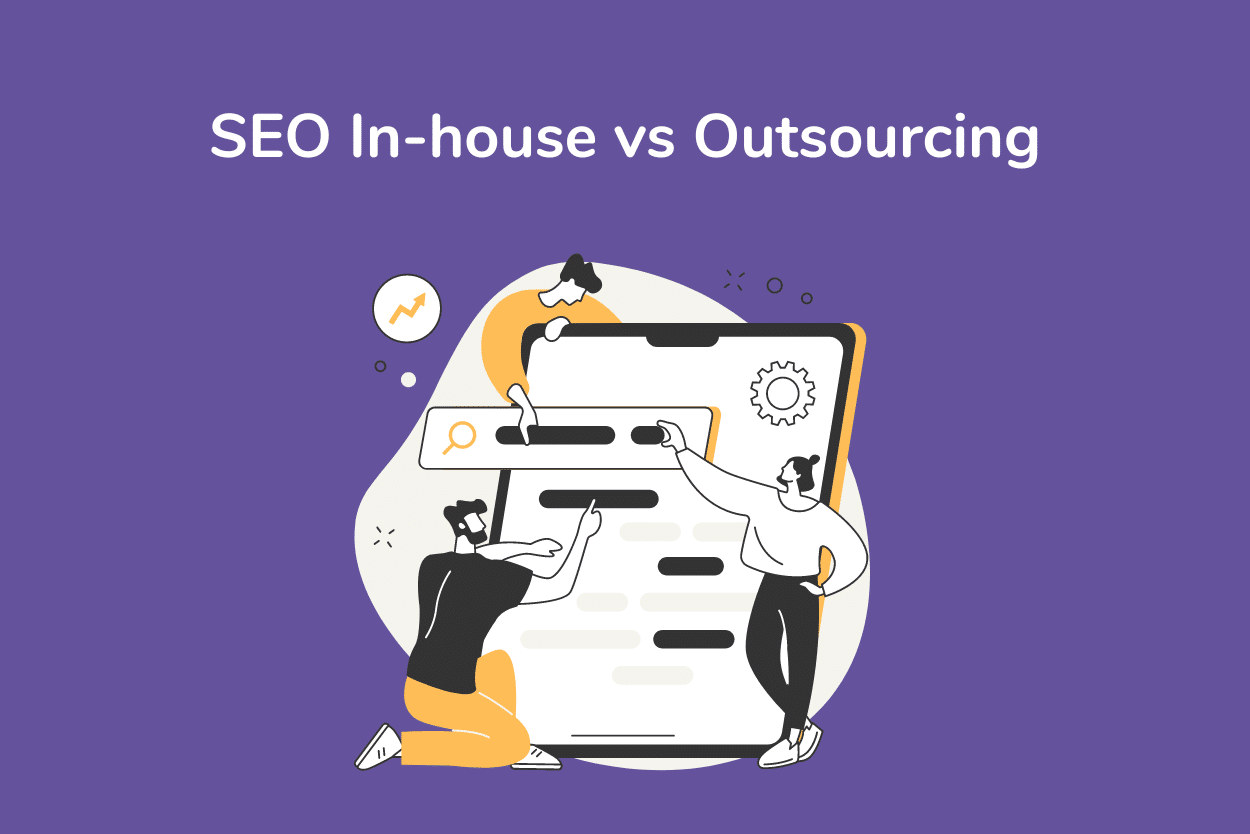
Your product in the noisy SaaS world essentially comes down to how you distribute it. Getting the correct distribution channels can improve the visibility and drive the growth of your relationship with the customers.
The type of distribution strategy is relevant—it can be either from direct methods like inbound marketing and paid advertisements, or indirect methods through resellers and marketplaces. This blog post describes in detail the different kinds of SaaS distribution channels, their pros and cons, and how to come up with your own strategy that will best correspond to your business objectives.
What Are SaaS Distribution Channels?
SaaS Distribution Channels are those paths taken to deliver the product of the Software as a Service Companies to the customers. These channels define marketing, selling, and delivery of SaaS solutions. SaaS Distribution Channels are quite instrumental in defining how a company will reach out to the target audience, cultivate customer relations, and yield revenues.
More than 80% of companies use at least one SaaS application for their seamless operations.
There are two main types of SaaS distribution channels:
- Direct Distribution Channels: This may include channels through which the SaaS product “literally” reaches the final user directly, skipping any intermediate bodies. Inbound marketing, outbound outreach, events, paid advertising, and networking are good areas for running direct channels. More control can be achieved using the direct channel regarding the sales process and customer engagement, which may be significant for some companies to maintain close relationships with their customers.
- Indirect Distribution Channels: These third-party inclusives are an integral part of the selling process through processes like resellers, affiliates, and app marketplaces. Indirect channels like these can possibly allow SaaS entrepreneurs a much larger market reach faster and at a low cost, leveraging the network and experience of the partner. There can be negative impacts due to middlemen offering low profit margins and less control over the experience of customers.
Direct Distribution Methods for SaaS Software
Some of the selling models primarily chosen are direct sales of SaaS products to the customers without the intervention of any intermediaries, which in turn have more control over the sales and the prospects subsequently built. The frequently used means of direct distribution are:
Inbound Marketing
Inbound marketing is a strategy to draw prospects through valuable content and search strategies. SaaS firms can write a blog post, white paper, or prepare a video that takes preliminary steps toward the resolution of customer pain points, which will interest the user more and eventually turn leads into profit.
Outbound Outreach
Outbound marketing is when you, as a business, reach out to people and attempt to make them customers. That would be cold emails, direct mail, or phone calls. Much more intrusive than inbound, it can be highly effective, especially in customer segments with tailored messaging.
Events and Meetups
Industry meetups and events offer SaaS companies the opportunity to demonstrate their products at work, followed by a Q&A session with customers in person. It is the best way to network, build relationships, and show exactly what the products can do in a live environment.
Paid Advertising
SaaS firms can select which audience they want to target with any form of precision—whether it be social media ads or Google Ads and display ads. While paid advertising does take financial input, it does produce immediate traffic and leads for the product, very valuable for any distribution strategy.
Networking
Professional networking could also eventually lead to appropriate channels of direct distribution. If you are able to contact any industry influencers or even network with them, avail yourself of the many relevant professional groups subscribing to this market and your contacts to market your SaaS product in any way possible.
Exploring Indirect Distribution Channels for SaaS Companies
Indirect distribution channels imply third-party involvement in sales. This includes resellers, VARs, and affiliate partners. These channels can be tapped to reach a larger market without presaging the necessity to directly handle all sales efforts for the SaaS firm. Common indirect distribution channels include:
Resellers and VARs
These partners sell your SaaS product as part of a larger service offering and often extend further value by way of services related to integration or customization.
App Store Marketplaces
Platforms, such as the Apple App Store and Google Play, allow users to easily find and take up SaaS products.
Affiliates and Partners
Affiliates help out with marketing your SaaS product for a small commission on every sale. You would get to new audiences that otherwise require up-front marketing costs.
Selecting the Optimal Distribution Channel for a SaaS Company
The choice of distribution channel would depend on a number of factors: target market, product type, and business goals. Very often, a balanced approach will bring the desired results, with both direct and indirect channels having to be combined to attain maximum reach and efficiency. Consider the following when selecting your channels:
- Market Reach
Direct channels have more control, but a massive reach can be obtained if sold through indirect channels.
- Customer Relationship
Direct channels allow companies to keep a closer relationship with their customers. This is important in high-touch sales models.
- Cost
Compare the channels in terms of cost-effectiveness, looking at marketing expenses versus likely returns on investment.
How to Develop a SaaS Distribution Strategy
A strong SaaS distribution strategy is built from a deep understanding of the product, market, and competition. Key steps include:
1. Define Your Target Audience
Keep in mind who your target customers are and their preferred channels.
2. Evaluate Channel Options
Weigh the Pros and Cons of Each Channel in Relation to Your Business.
3. Set Goals and Metrics
Establish clear objectives for your distribution strategy and track performance against key metrics.
4. Optimize and Iterate
Keep working on your strategy by fine-tuning it and collecting data and market feedback.
Pros and Cons of Distribution Channels
| Distribution Channel | Pros | Cons |
| Direct Channels | ||
| Inbound Marketing | Builds strong brand authorityAttracts highly relevant leads | Requires significant time and content creation effortsResults are not immediate |
| Outbound Outreach | Directly targets potential customersQuick lead generation | Can be perceived as intrusiveRequires a skilled sales team |
| Events and Meetups | Personal interaction with potential customersGreat for networking and relationship building | Limited to event schedules and locations |
| Paid Advertising | Immediate visibility and trafficHighly targeted campaigns | Can be expensiveRequires continuous investment |
| Networking | Builds long-term business relationshipsEnhances credibility and trust | Time-consumingResults can be unpredictable |
| Indirect Channels | ||
| Resellers and VARs | Expands reach quicklyLeverages partner networks | Less control over customer experienceLower profit margins due to commissions |
| App Store Marketplaces | High visibility to a large audienceEasy access for users | Competitive and crowded marketplacesRevenue sharing with the platform |
| Affiliates and Partners | Low upfront marketing costsLeverages existing networks | Quality control can be challengingDependence on partners’ performance |
Conclusion
Choosing the right distribution channels is a critical choice for any SaaS company, as it dictates customer acquisition, brand visibility, and general growth. Each one offers its unique benefits and challenges, so often the right way is a well-hedged mix. Direct channels grant better control and strongly founded relationships with customers, while indirect channels are capable of quickly expanding your reach and leveraging the strengths of partners.
Therefore, for you to be successful, you must make a critical assessment of your target market, business goals, and the resources available for the development of the distribution strategy. You can literally configure an approach that is more customized and assures full visibility of the product and potential for growth in a competitive market after learning the benefits and pitfalls of each channel and relating it to your business objectives.



